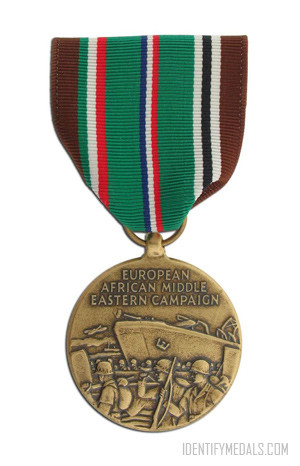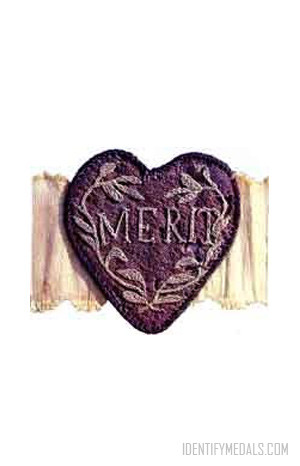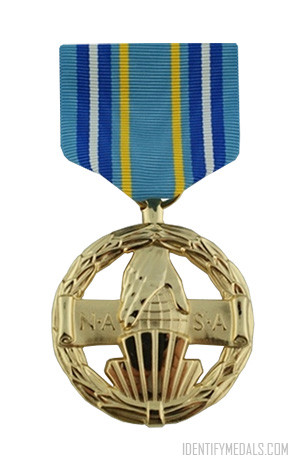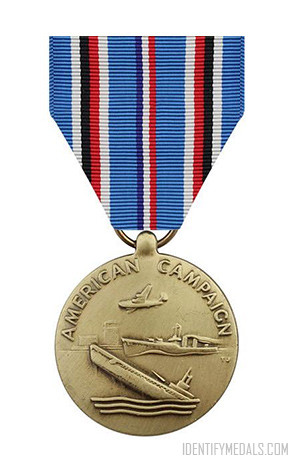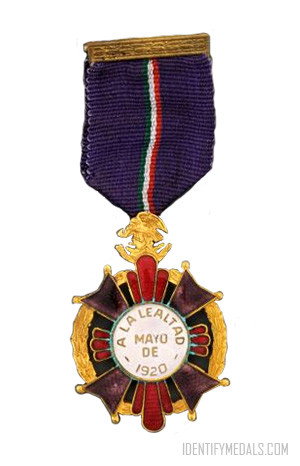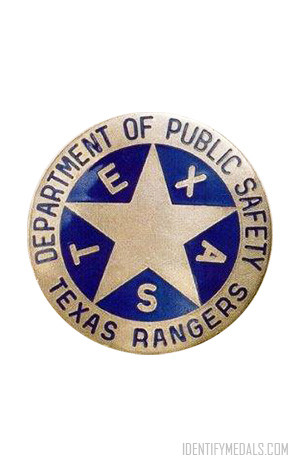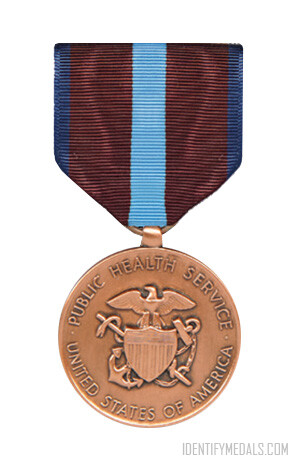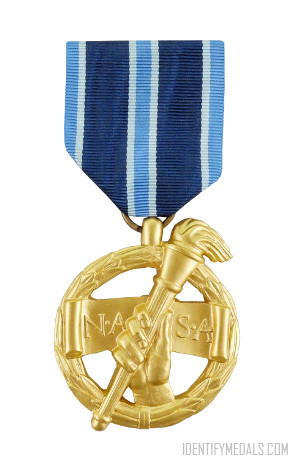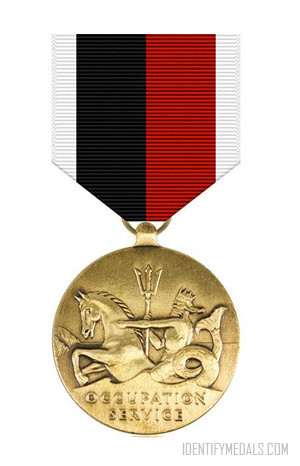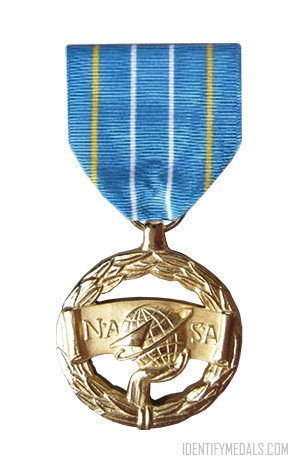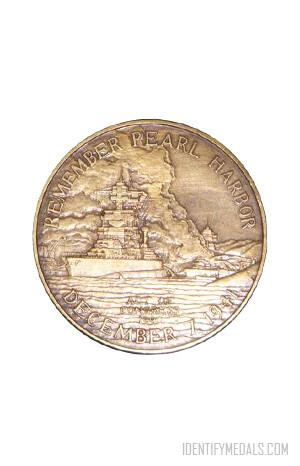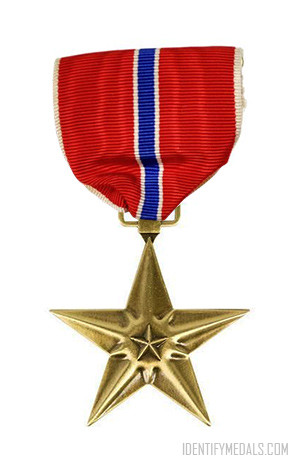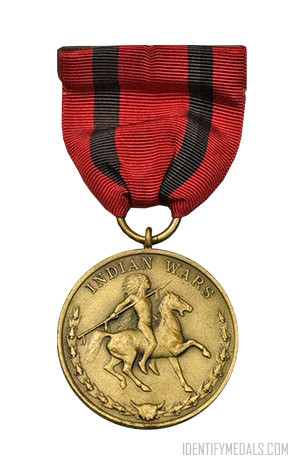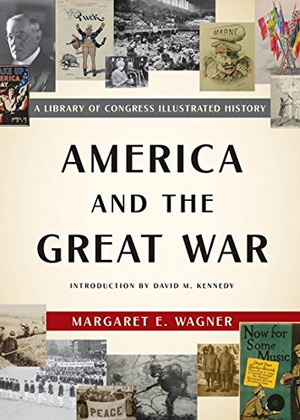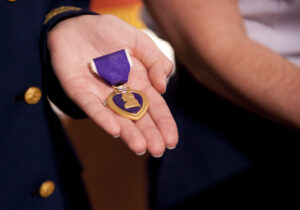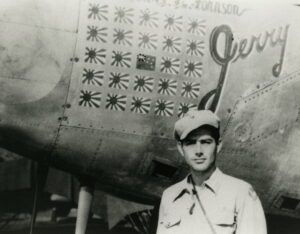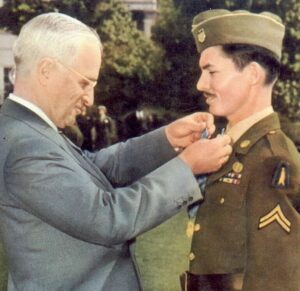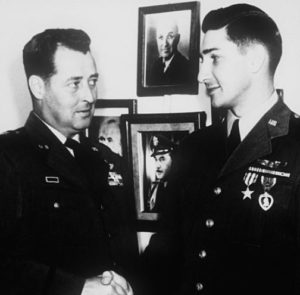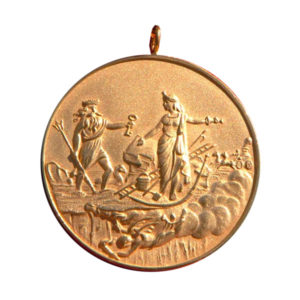- Time Period: Second World War
- Institution: December 7, 1941
- Country: United States
The European–African–Middle Eastern Campaign Medal (originally known as the “EAME Ribbon”) is a United States Armed Forces military award first created on November 6, 1942 by Executive Order 9265 issued by President Franklin D. Roosevelt.
The medal recognizes military service members who had performed military duty in the European Theater (to include North Africa and the Middle East) during the years of the Second World War.
The European–African–Middle Eastern Campaign Medal is awarded for any service performed between December 7, 1941 and March 2, 1946, dates inclusive, provided such service was performed between the west and east boundaries.
The European–African–Middle Eastern Campaign Medal Design
The medal is made of bronze and measures 1 3/8 inches in width.
The medal’s obverse was designed by Mr. Thomas Hudson Jones, a U.S. sculptor for the Army’s Institute of Heraldry, based on General Eisenhower’s request that the medal includes an invasion scene. It displays an LST landing craft and troops landing under fire with an airplane in the background below the words EUROPEAN AFRICAN MIDDLE EASTERN CAMPAIGN.
The reverse side of the European–African–Middle Eastern Campaign Medal was designed by Adolph Alexander Weinman and is the same design as on the reverse of the Asiatic–Pacific and American Campaign Medals: An American bald eagle close between the dates 1941 – 1945 and the words UNITED STATES OF AMERICA.
The ribbon is 1 3/8 inches wide and shows a brown stripe that represents the sands of Africa, Irish green for the fields of Europe, white and scarlet for the Italian colors. The center is triparted Old Glory Blue, White and Scarlet.

